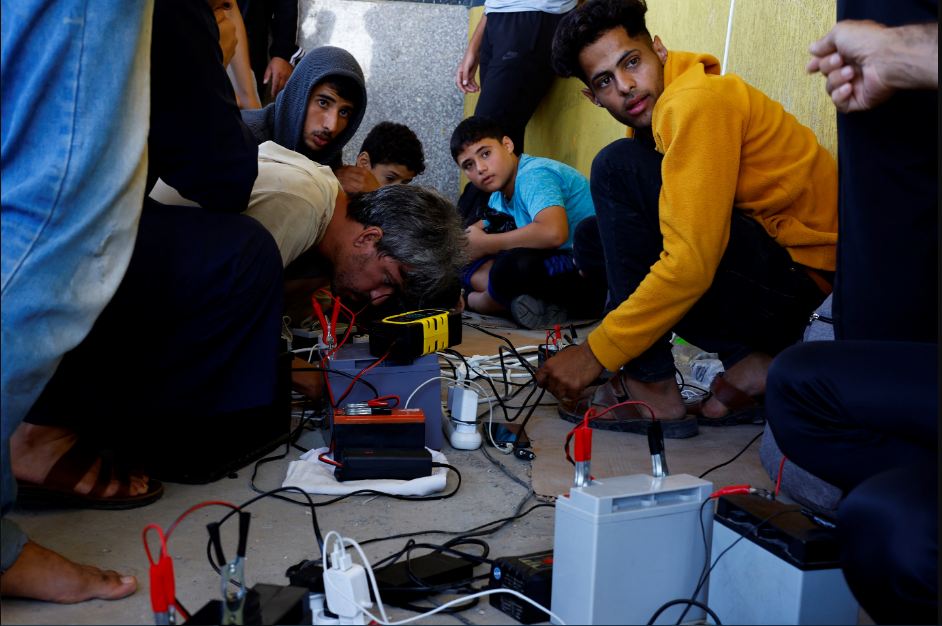Key Takeaways from the COP30 Climate Summit as Delegates Confront a Challenging Path Forward
The COP30 summit in Belem concluded with a fragile agreement centered on climate adaptation funding, while deeper divisions over fossil fuel use, global equity, and implementation strategies continued to define the global climate negotiations.
This year’s climate summit closed with a compromise that left many countries unsatisfied but secured one major demand: a pledge from wealthier nations to triple their financial support for helping vulnerable countries adapt to the worsening effects of global warming.
The agreement underscores a growing divide between adaptation priorities and the more contentious issue of fossil fuel phaseout, which dominated expectations but stalled in negotiations.
The host nation, Brazil, entered the summit aiming to move forward a global roadmap to shift away from oil, gas, and coal, building on earlier agreements to begin transitioning energy systems.
However, resistance from countries reliant on hydrocarbon revenues prevented any collective language on fossil fuels, pushing the presidency to offer a voluntary plan instead of a binding commitment.
This voluntary framework mirrored patterns seen in previous summits, where climate finance advances overshadowed the absence of firm targets addressing emissions at their source.
The reality that nearly three-fourths of global emissions since 2020 stem from fossil fuels remained central, yet the summit ultimately bypassed measures designed to directly confront those trends.
Expectations of a rapid pivot toward renewable energy were further tempered by a mid-summit report projecting that global demand for fossil fuels may continue rising through 2050.
That projection contrasted sharply with the urgency many countries expressed regarding climate impacts, creating tension between long-term energy forecasts and immediate mitigation demands.
One of the more consistent themes at the summit was the acknowledgement that global climate unity is increasingly strained, even as countries reaffirmed that wealthy economies must lead on action.
Yet efforts to integrate stronger emissions targets and implementation plans faltered as negotiators prioritized consensus over ambition.
The absence of key global players, particularly the United States, added complexity and weakened momentum, affecting both political dynamics and the sense of shared responsibility.
Observers noted that the absence allowed nations with strong fossil fuel interests to push back more effectively against proposals that would have tightened emissions obligations.
The summit also revived debate about whether the current structure of climate negotiations allows a small number of countries to dilute or delay agreements supported by the broader international community.
Calls for procedural reform gained traction as diplomats expressed frustration with a system seen as too vulnerable to veto power and political stalemate.
China maintained a strong presence, not through its top leadership but through coordinated engagement and a clear message about its role in supplying the clean energy technologies needed for global transition.
Its exhibition pavilion prominently showcased solar, battery, and electric vehicle innovations, signaling its growing economic influence in both climate policy and clean energy markets.
Other developing nations also adopted more assertive stances, with India highlighting its expanding role in climate diplomacy and South Africa advancing climate-linked priorities tied to its own G20 agenda.
Their participation reflected rising expectations for emerging economies to shape global commitments while balancing development needs with sustainability goals.
Forests and Indigenous rights were expected to be major focal points, given that the summit took place in the heart of the Amazon region renowned for its ecological and cultural importance.
Brazil emphasized the vital role of forest conservation and the stewardship of Indigenous communities, who safeguard vast natural areas that provide significant climate benefits.
However, despite the symbolic setting, negotiations produced limited progress on firm measures to strengthen forest protections or formalize support for Indigenous groups facing mounting environmental pressures.
Advocates expressed concern that high-level recognition had not translated into operational commitments or new funding streams specifically targeting forest conservation.
As delegates departed Belem, the summit’s mixed outcomes underscored both the potential and the fragility of global climate cooperation at a moment of rising environmental urgency.
While the breakthrough in adaptation finance signaled progress, the lack of consensus on fossil fuel transition and implementation plans left key questions unresolved heading into future climate talks.



